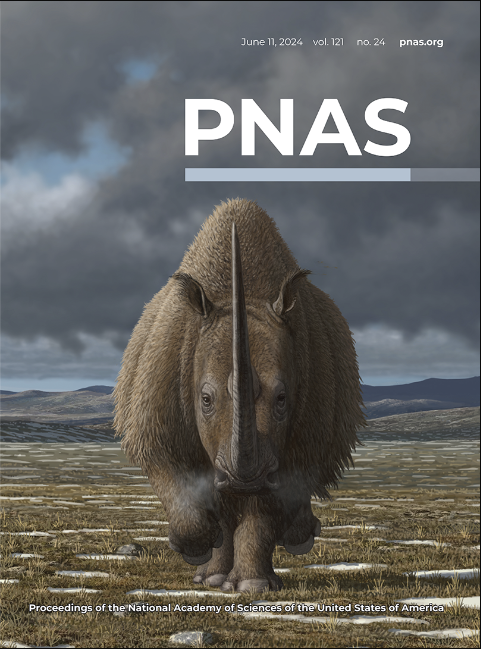
Eline Lorenzen
@ElineLorenzen
Followers
601
Following
73
Statuses
87
Molecular natural history, population genomics, ancient DNA, palaeoecology, megafauna. Professor at University of Copenhagen. Media contact tel: +45 2670 1024
Copenhagen
Joined December 2015
Study was lead by my postdoc @M_skovrind and included a couple of other folks from my lab @marie__louis @Mick2474 - and many other great collaborators whose handles I cannot find on X! You'll have to check out the paper to see.
0
0
1
RT @ElineLorenzen: Our preprint now out integrating radiocarbon dating, aDNA, palaeoproteomics, and stable isotopes to investigate 39 mammo…
0
13
0
Thanks to co-authors @FridoWelker and I can't find any other co-authors here - argh! You'll have to check the bioRxiv link.
0
0
0

